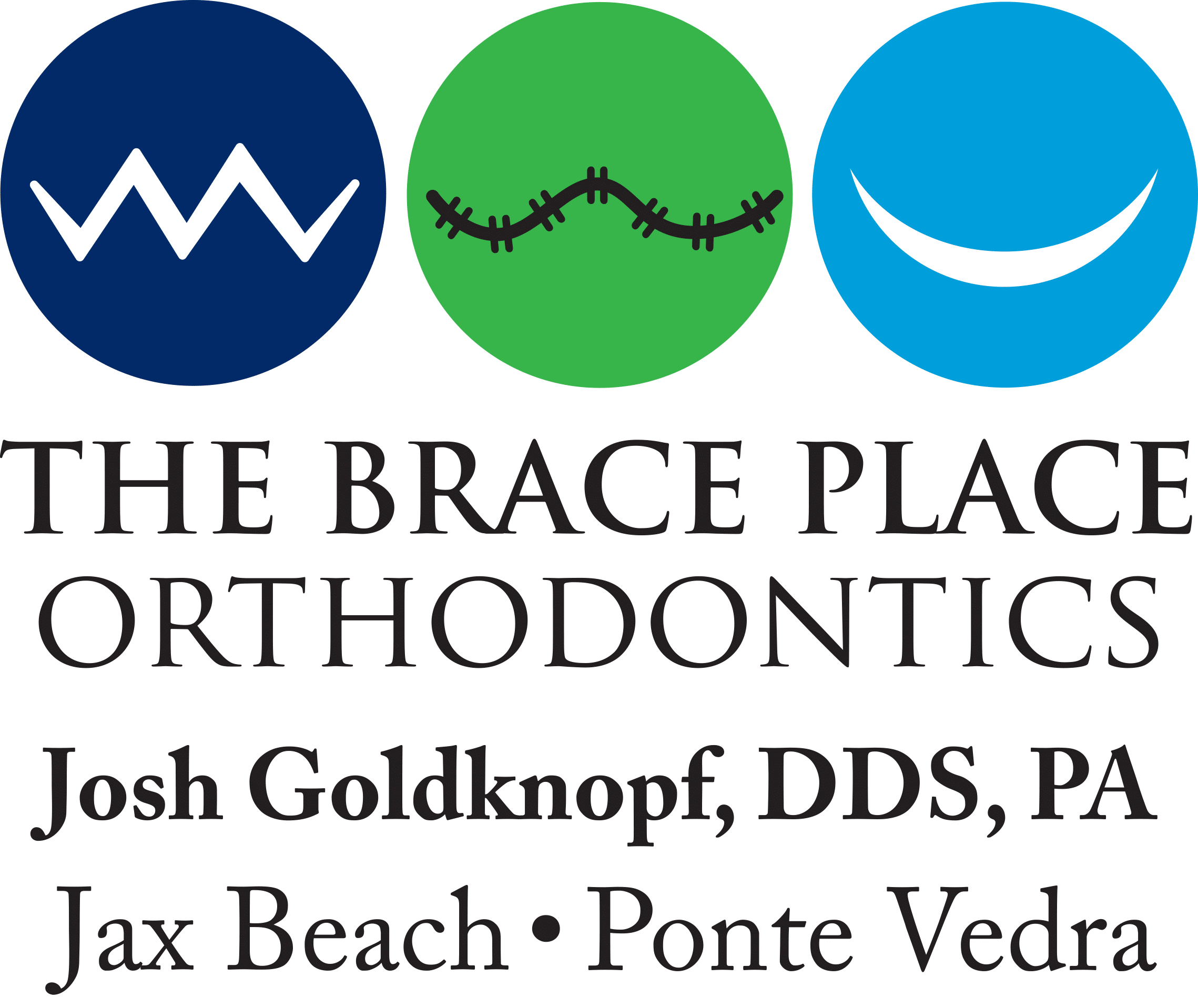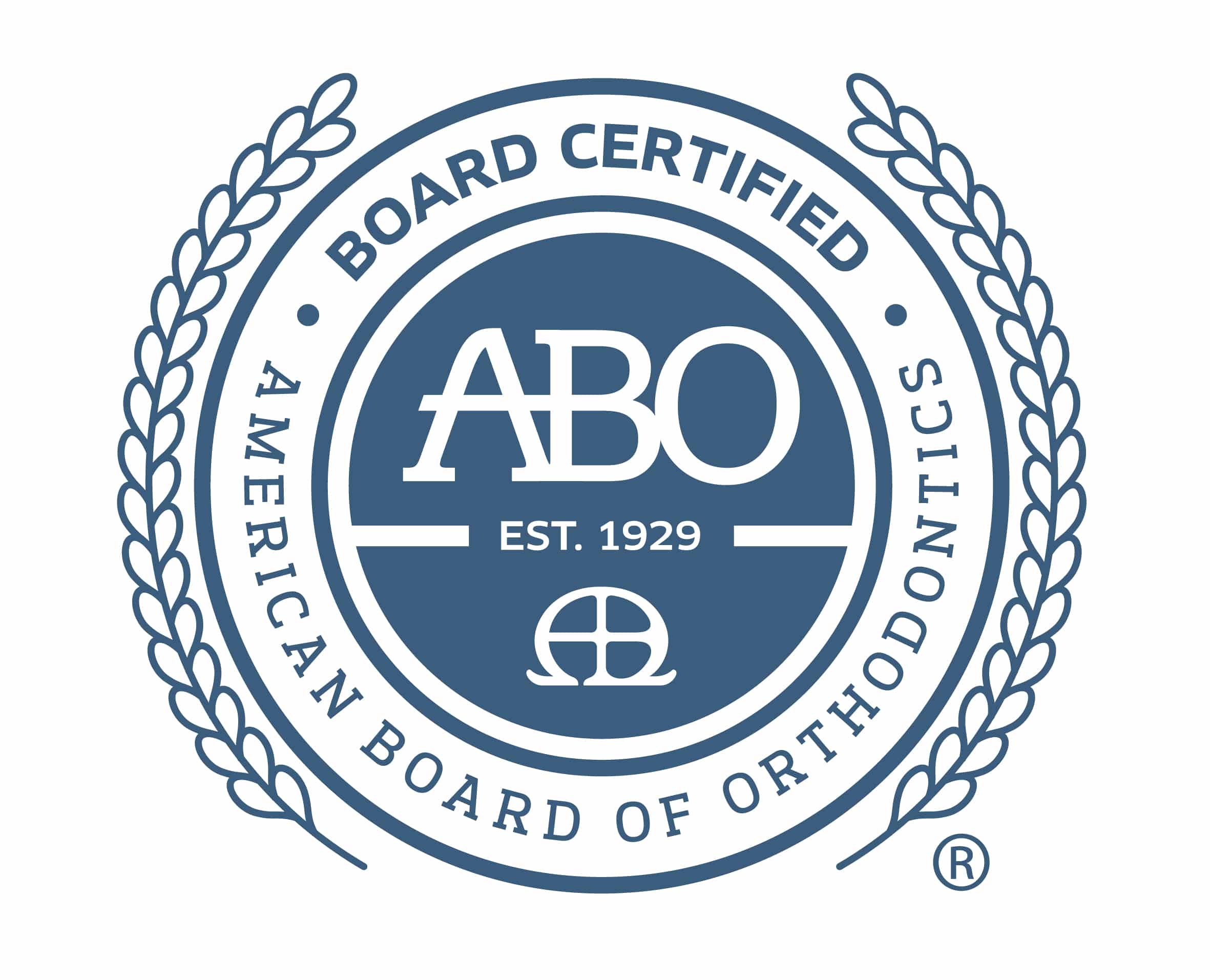About Board Certification
The ABO sets the standard for the highest level of patient care and promotes excellence in orthodontics for all of its certified orthodontists.
Only 1 in 3 Orthodontists is Board Certified
Board Certification represents Dr. Goldknopf’s commitment to the highest level of orthodontic care through additional education and training in the specialty, followed by extensive testing and evaluation by their peers to achieve certification.
Are all orthodontists Board Certified?
No. All orthodontists must be licensed to practice, however board certification is a voluntary achievement that all orthodontists do not choose to pursue. In order to become board certified by the American Board of Orthodontics (ABO), an individual orthodontist is thoroughly tested to demonstrate their orthodontic knowledge, clinical skills and judgment. The most fair, reliable and valid testing methodology is utilized to test clinical proficiency in an objective manner. The ABO certification process signifies a unique achievement—a significant step beyond the two to three years of advanced education required for a dentist to become a specialist in orthodontics.
How many certifying boards are recognized by the National Commission on Recognition of Dental Specialties and Certifying Boards as the national certifying board for Orthodontics and Dentofacial Orthopedics?
One. The American Board of Orthodontics (ABO) is the only certifying board in the specialty that is recognized by the National Commission on Recognition of Dental Specialties and Certifying Boards as the national certifying board for Orthodontics and Dentofacial Orthopedics. The ABO was founded in 1929 and is the oldest specialty board in dentistry. The board’s purpose is to elevate the quality of orthodontic care for the public by promoting excellence through certification, education and professional collaboration.
What steps are required to complete the ABO certification process?
Successful completion of the examination process demonstrates the orthodontist’s personal commitment to excellence in orthodontics – to both the orthodontic profession and the general public. It exemplifies a practitioner’s commitment to continue to keep abreast of the latest advances in patient care, and to continue to deliver these latest advances to patients. Many orthodontists see it as a demonstration of their dedication to the specialty and the highest level of personal achievement.
Why would an orthodontist choose to complete this voluntary certification process?
Since the establishment of the ABO in 1929, the certification process requirements have continued to adjust to the demands of the specialty. Today, the process involves a thorough Written Examination (240 questions) covering all areas of orthodontics and dental facial orthopedics which an orthodontist should be knowledgeable. Successful completion of this board examination allows the orthodontist to proceed to the Scenario-based Clinical Examination where they are objectively evaluated on their knowledge, abilities and critical thinking skills based on proficiency and clinical excellence in four core performance areas/domains. Both examinations take significant preparation and time. After successful completion of these examinations, the orthodontist has officially achieved Board Certification, for a limited time period. The orthodontist must go through Certification Renewal every 10 years to maintain their certification status by demonstrating this continued level of patient care. For further information about The American Board of Orthodontics and Board Certification, click here.


